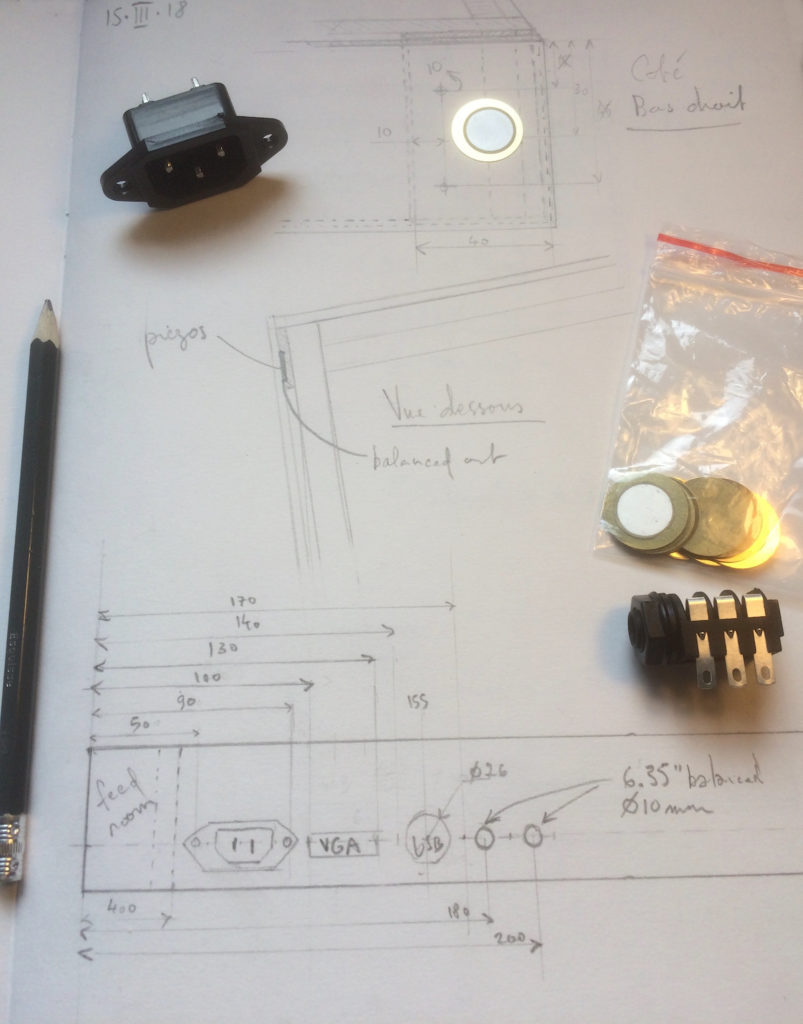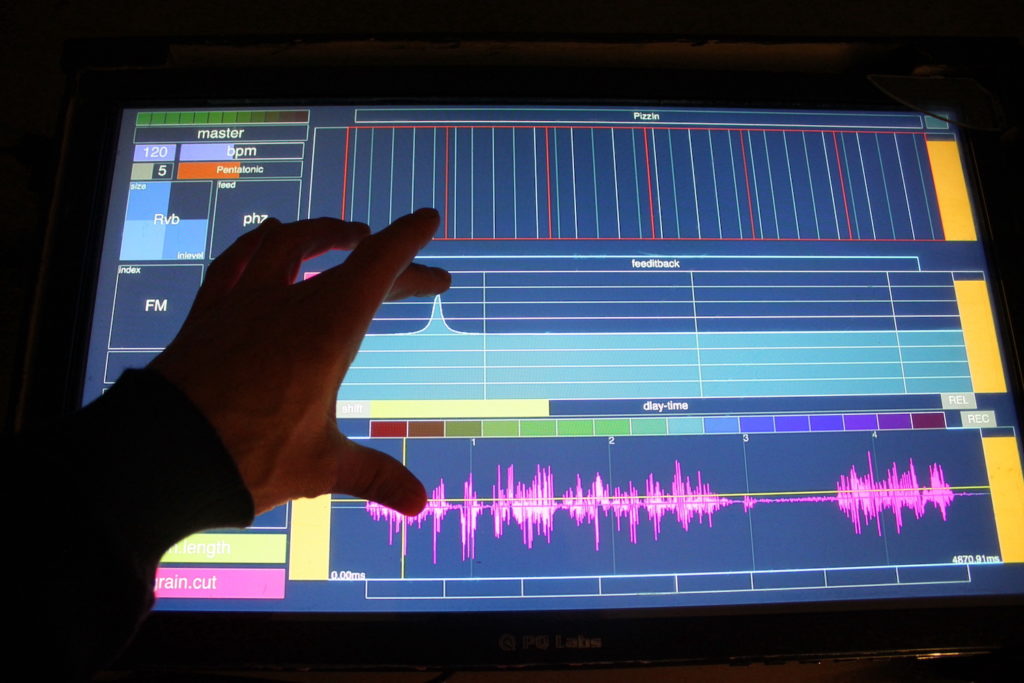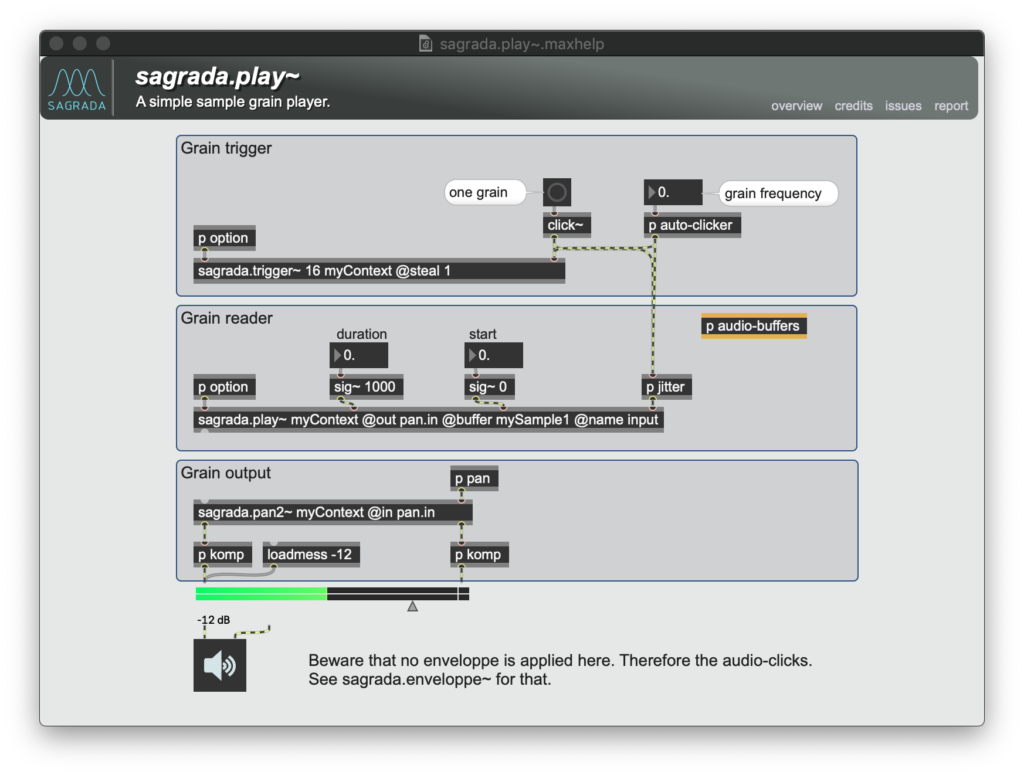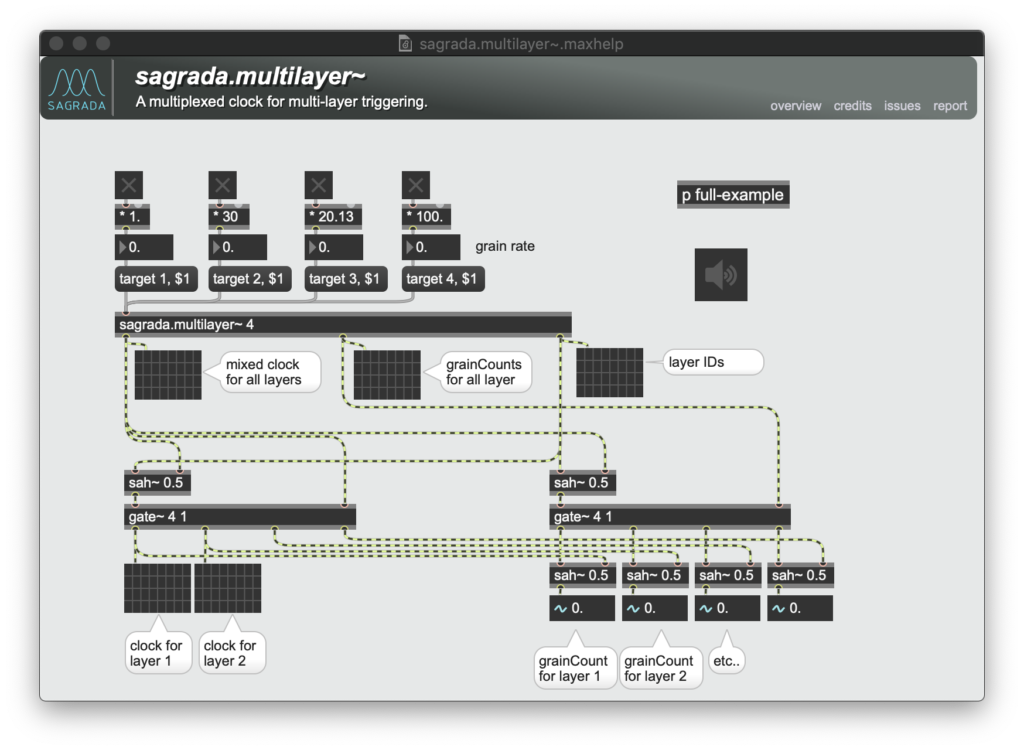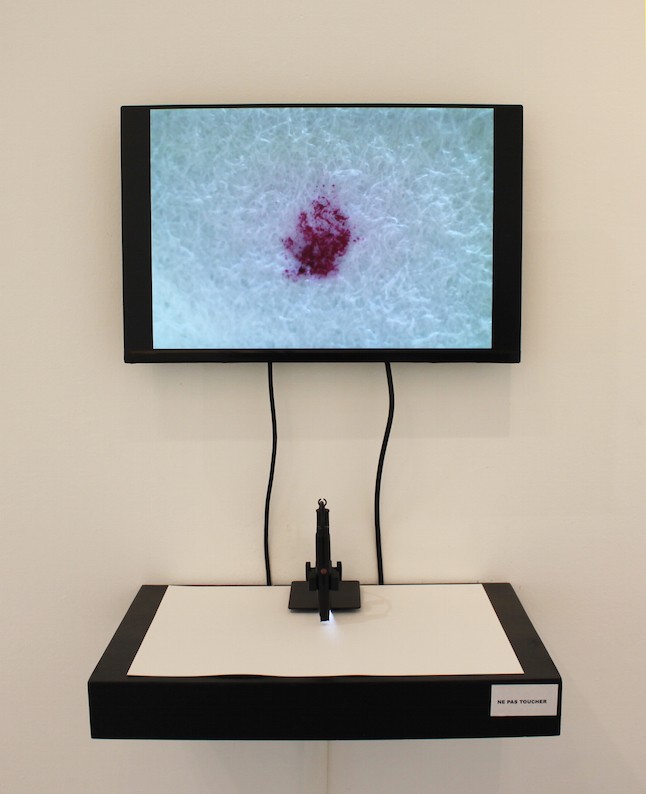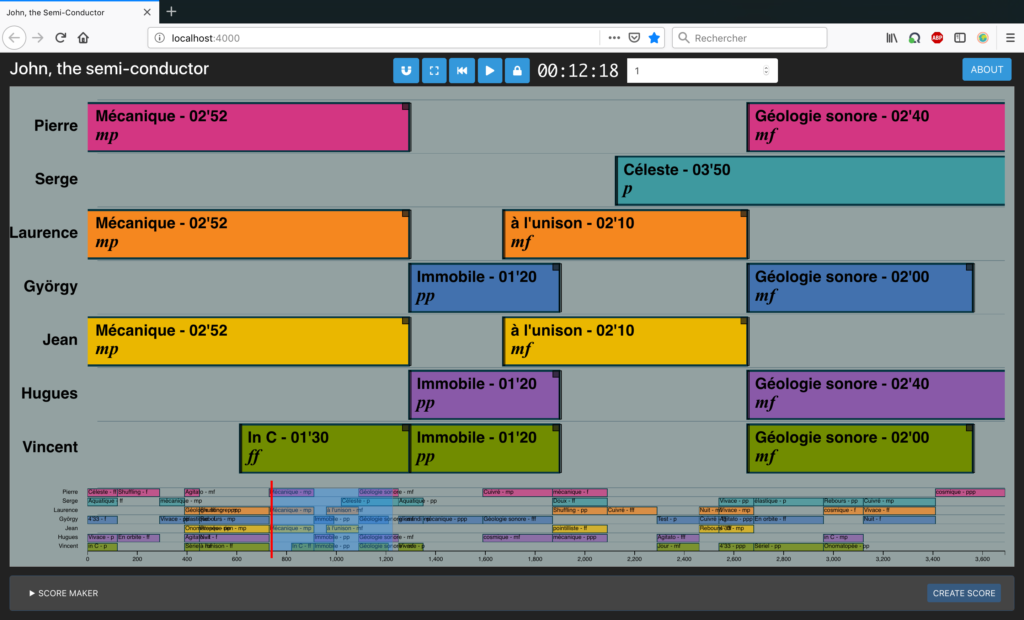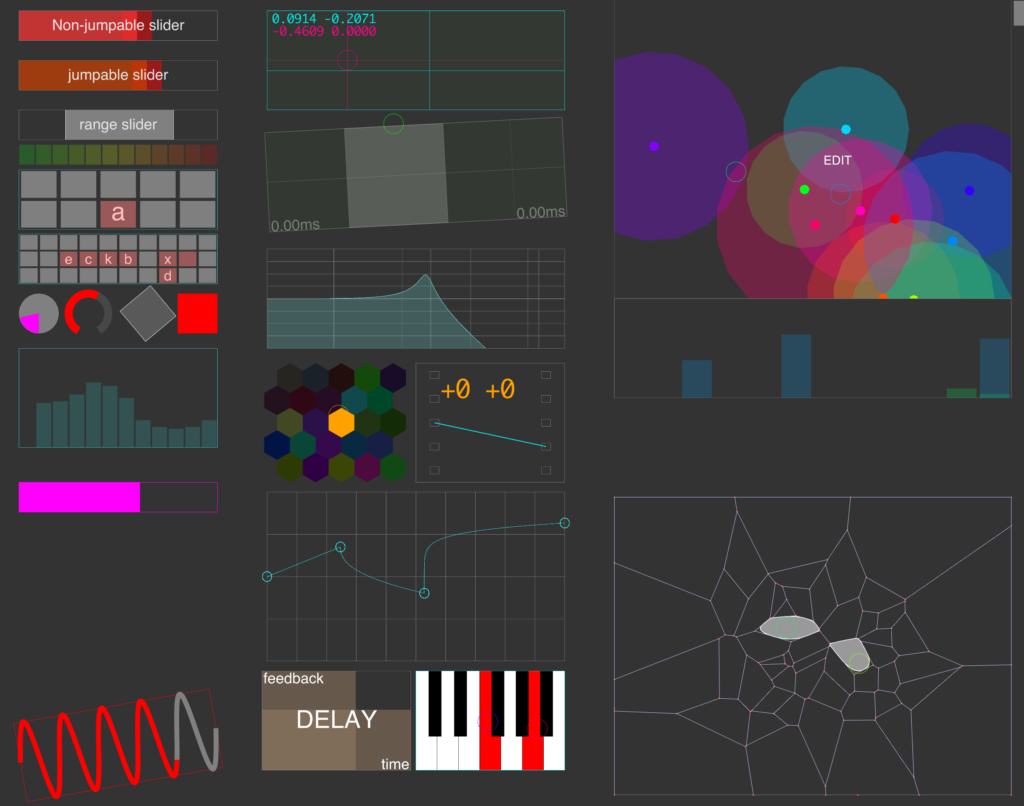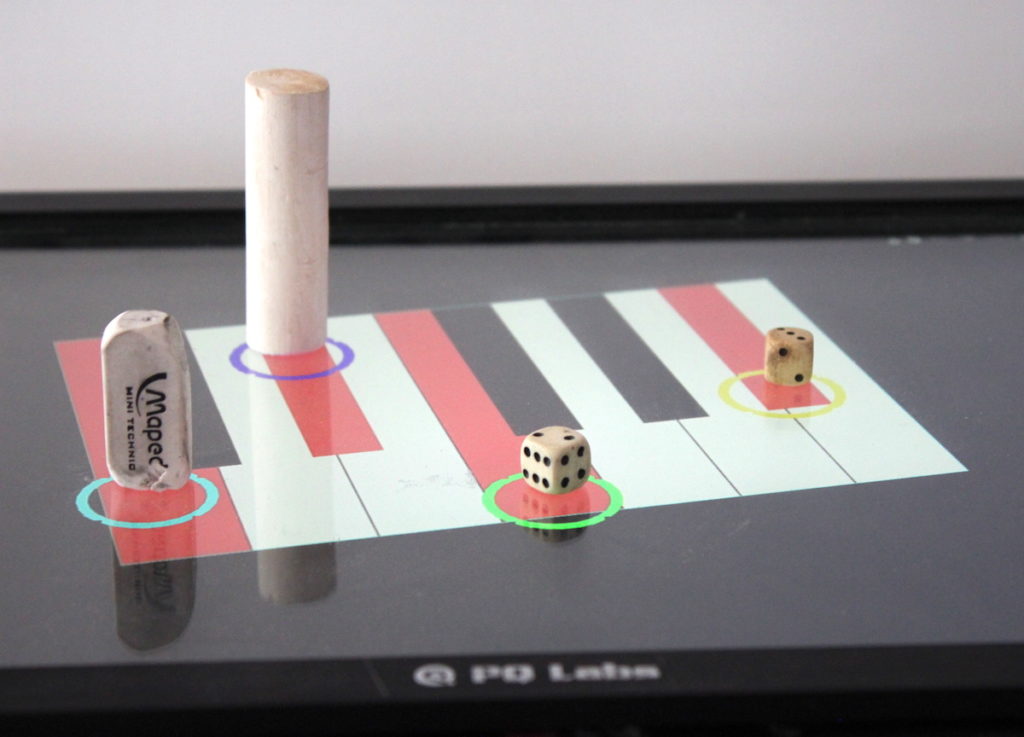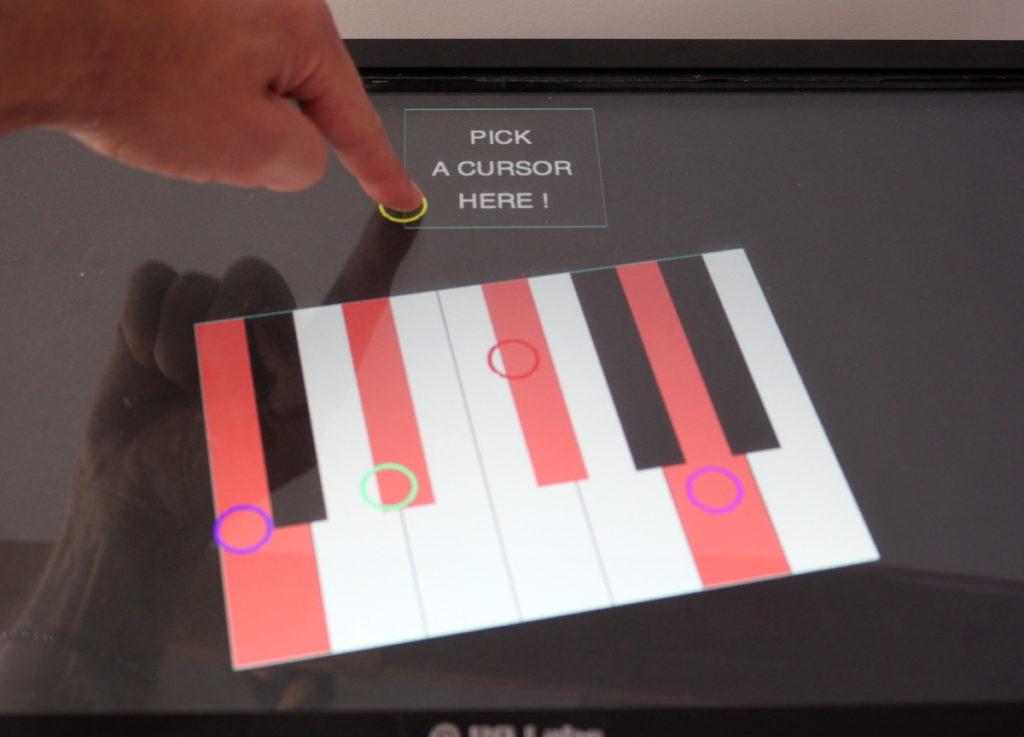Neural activity data-sonification, with Sébastien Wolf of the ENS Institute of Biology.
Data sonification could be an effective tool for neuroscience research, complementing data visualization. Recent advances in brain imaging have made it possible to record the activity of tens of thousands of mammalian neurons simultaneously in real time. The spatial and temporal dynamics of neuron activation can be translated into sound triggering, according to the functional groups to which these neurons belong.
We have developed a software to load such datasets as binary matrices and translate them into MIDI messages, triggering notes whose velocity is a function of neuronal activity. In order to process this vast quantity of data — several tens of thousands of neurons over several tens of thousands of samples — the software enables neurons to be associated in sub-groups, such as those proposed in common atlases, or in an arbitrary manner. The same interface can also be used to sonify continuous data sets from electroencephalography (EEG) recordings of human brain activity.
This software, developed with Max, can be used as a stand-alone program, but can also be loaded directly as a plugin into the Ableton Live digital audio workstation. This makes it easy to get to grips with the software, enabling you to test different mappings between neural activity data and musical values: which chords, which harmonic progressions, which orchestration, etc. translate the neural activity data set in the most interesting way from the point of view of their scientific understanding and/or musical aesthetics.




![ReCoDIN [PhD]](https://vincentgoudard.com/cms/wp-content/uploads/2017/12/phd_books.jpg)

